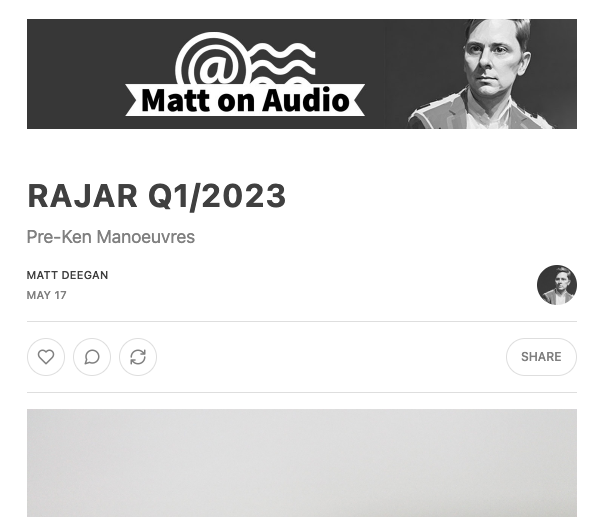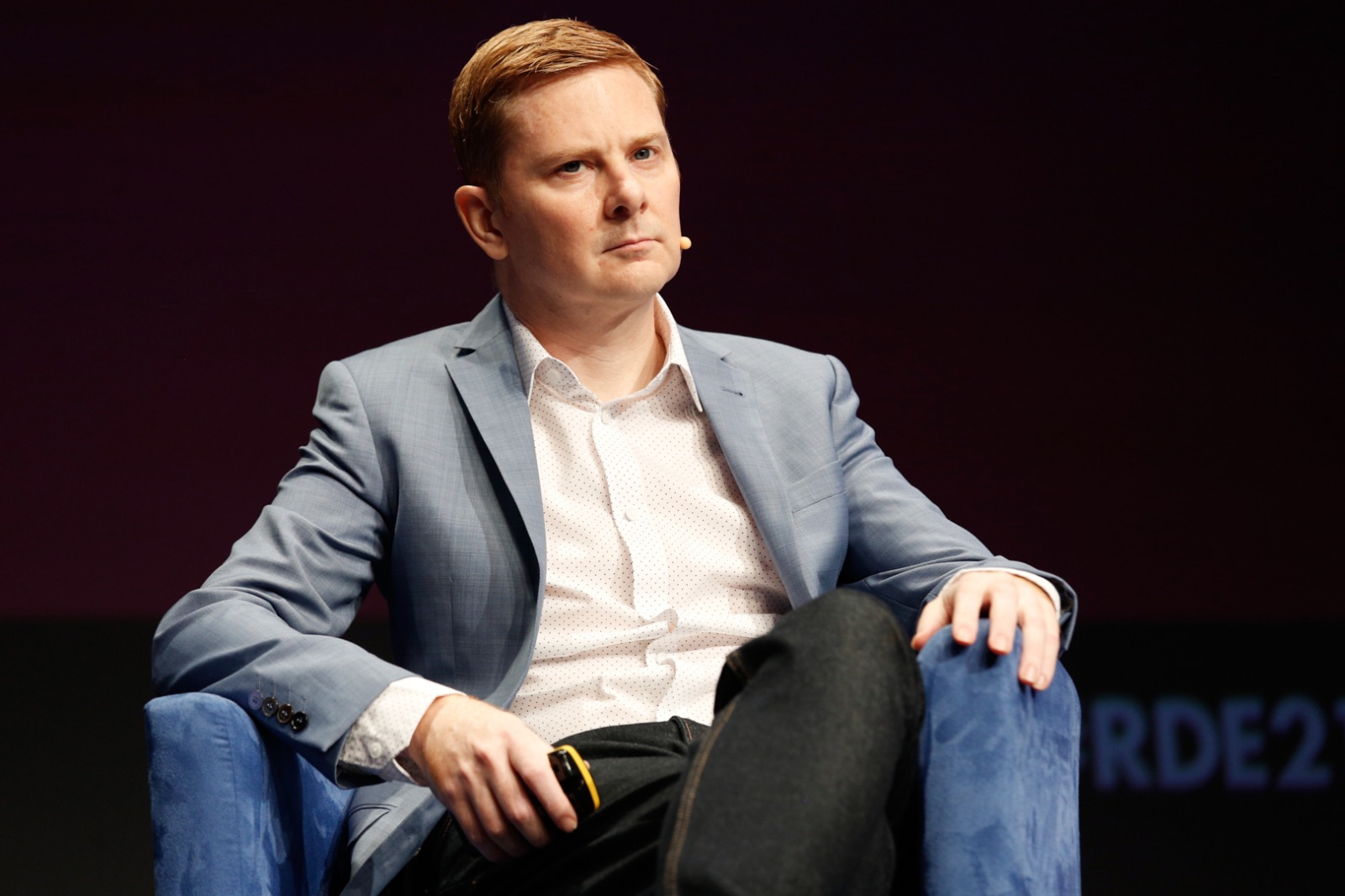On the show this week I’m joined by media writer Tara Conlan and head of…
SUBSCRIBE TO MATT’S WEEKLY NEWSLETTER
Get the latest news and insight about radio, podcasts and streaming

Get the latest news and insight about radio, podcasts and streaming
On the show this week I’m joined by media writer Tara Conlan and head of…
Who’d work in TV? With reports of lowering safety standards and financial hardship are on…
On the podcast this week, how dependent is the UK on the streamers and Hollywood?…
On this week’s podcast Reach announces layoffs of almost 10% of their staff – but…
The Media Bill is back – but what’s changed? Joining me is media writer Maggie…
The auction to buy the Telegraph Media Group is officially on – but will it…
Matt Deegan’s been involved in exciting audio projects for over 20 years. He’s co-founded a whole host of audio businesses including the children’s radio station Fun Kids, the digital multiplex network MuxCo, the British Podcast Awards, Podfollow, Podcast Rex and Podcast Discovery. He’s also worked with and advised companies including the BBC, Bauer, Global, News UK, MTV, Crooked Media, Podimo and many more. Find out more about Matt.
